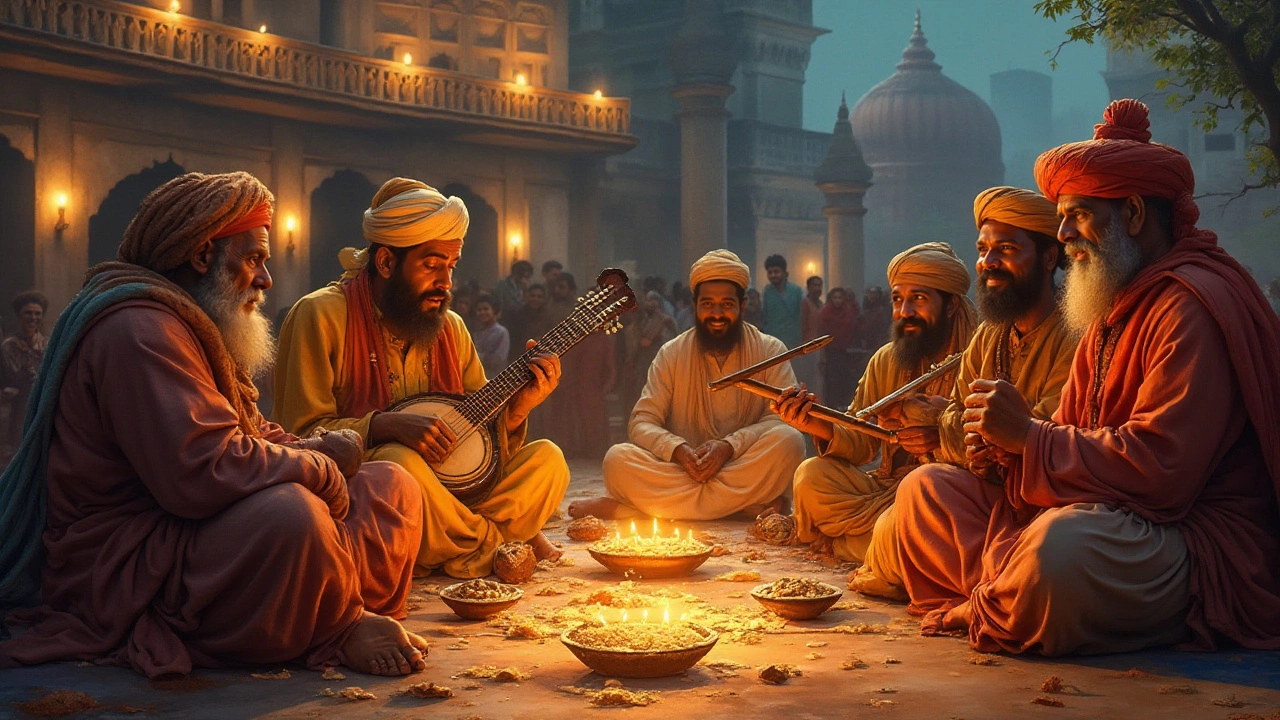Cultural Diversity: The Heartbeat of India
India is a patchwork of languages, foods, festivals and customs. Every state, city, and even village adds its own color to the picture. If you want to feel the real pulse of the nation, you need to jump into this mix, not stay on the sidelines.
Why Cultural Diversity Matters
First off, diversity keeps the country fresh. One day you might be biting into a crisp dhokla in Gujarat, the next you’re watching the roaring camel fair in Rajasthan. Each experience teaches you something new about how people live, think, and celebrate.
Travelers also benefit. Visiting multiple regions lets you compare cooking styles, music, and attitudes. That comparison builds respect and interest, which is the real value of cultural tourism. It’s not just Instagram pics; it’s learning why a chant sounds different in Tamil Nadu than in Punjab.
Discover the Rich Tapestry
Start with food. Gujarat’s street snacks like fafda and sev usal are peppered with sweet and sour flavors that differ from the fiery bites of Kolkata’s puchka. Try a local market stall, ask the vendor what makes their dish special, and you’ll get a story along with the taste.
Next, dive into festivals. The Pushkar Camel Fair is more than a bunch of camels – it’s a centuries‑old gathering of traders, musicians, and families. Watching the night fairs, listening to folk songs, and chatting with locals gives you a living lesson in heritage.
Music is another easy entry point. India’s oldest folk traditions survive in village gatherings. Simple drums, flutes, and chants echo stories that have been passed down for generations. If you hear a tune that feels raw and ancient, you’re touching a piece of cultural memory.
Language also opens doors. India has over 1,600 distinct tongues. Even picking up a few words of the regional greeting—like ‘Namaste’ in Hindi or ‘Namskar’ in Bengali—helps break the ice and shows you care.
Practical tip: pick one state per month and explore its food, festivals, and music. Use apps or local guides to find hidden spots. Don’t just stick to tourist hubs; ask residents where they go for celebrations or meals.
All these pieces—food, festivals, music, language—fit together like a puzzle. When you start seeing the connections, you realize how the same thread of community runs through every corner of India.
So, whether you’re planning a trip or just scrolling through articles, keep an eye out for stories about regional dishes, unique festivals, and ancient songs. Each story is a shortcut to the larger picture of cultural diversity that makes India unforgettable.
